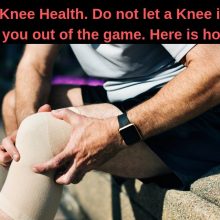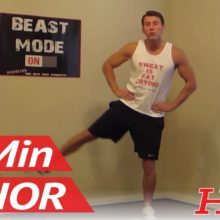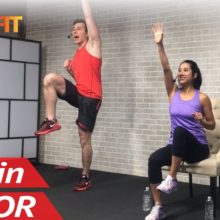Combat Aging Doing Short, Intense Exercise
One of the things I’ve done all my life is exercise . . . well, at least since I was about 10 when I started imitating my fit uncle. He performed calisthenics daily and looked great.
Throughout my younger years besides doing calisthenics, I also ran and biked for long periods of time. I believed endurance was important.
But a study by Harvard health professionals claims endurance and extensive training are not necessary. In fact, their study showed long, repetitive cardio may actually increase your risk for heart disease and shorten your life.
Instead, researchers found that shorter, more intense workouts were better. Unlike longer workouts, such as running or biking, short, intense exercise lowered your risk of heart disease and early death. And increased your longevity.
High-Intensity Interval Training
Another study – conducted by the Mayo Clinic and published in Cell Metabolism – pointed to high-intensity interval training (HIIT). This involves intense aerobic activity such as biking, running, walking, even swimming.
If you like to walk, here’s how HIIT works: you walk at a normal pace for 2 to 4 minutes, then walk fast for 30 seconds to a minute or more, then ease up and resume your normal pace for a couple of minutes. Repeat the sequence at least 3 or 4 times.
P.A.C.E.
Anti-aging specialist Dr. Al Sears has a somewhat similar approach. He’s developed a program called PACE (which stands for Progressively Accelerating Cardiopulmonary Exertion). PACE also calls for short bursts of intense exercise — but done progressively.
For instance, using the walking example, after your initial warmup of 2 to 4 minutes, you increase your speed for 30 to 60 seconds. Then resume your normal pace for 2 minutes.
When you enter the 2nd phase of acceleration, walk a bit faster than the first period of acceleration. Again, for 30 to 60 seconds. Then resume your normal pace.
But for the third time, increase your speed and intensity by walking as fast as you can for 30 to 60 seconds to the point you are breathing hard. This is great for your heart health and lungs.
In other words, what you’re doing here is you are progressively increasing your speed throughout the workout till you get to a point where you’re panting hard.
A typical PACE workout takes only 12 to 15 minutes. It can apply to walking, running, swimming, or any type of cardio.
Benefits of HIIT or P.A.C.E.
So, whether you do a HIIT or PACE workout, you are doing what nature intended for your heart and body. Some of the benefits include losing weight, reducing blood pressure, and strengthening your heart and lungs.
You’re also helping the health of aging cells and even reversing age-related cellular damage, according to researchers.
A word of caution: Please check with your doctor or health care professional before beginning this or any type of exercise program.




